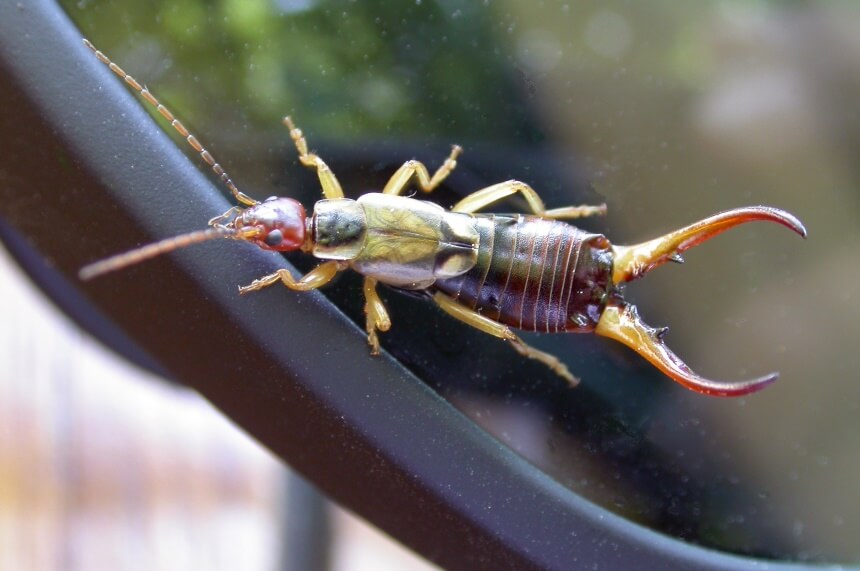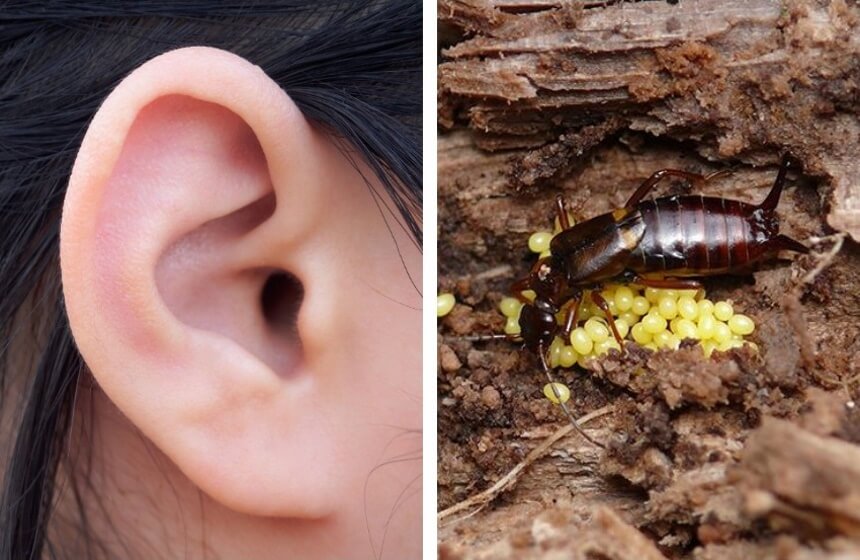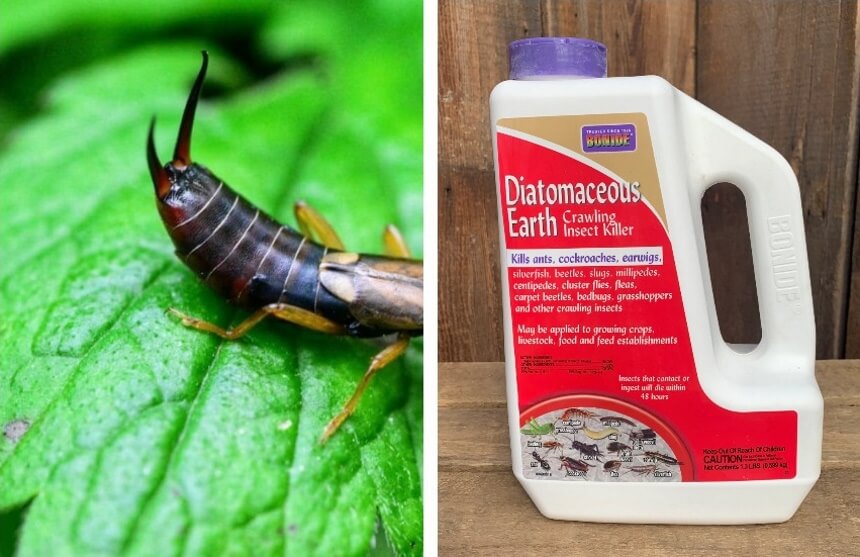

One of the peculiar features of earwigs is their pincers, which can be found on top of their abdomen. Due to this, many people are afraid of these insects as they believe they are harmful. Another peculiar feature is their name. So, why are earwigs called earwigs?
Our guide will go into the root of the name and whether these insects are harmful to you. Luckily, the old wives’ tales you might have heard about earwigs aren’t true, so these insects shouldn’t freak you out too much. Let’s take a closer look below.

Before we answer the question, “why are they called earwigs” let’s take a look at what this insect is.
Earwigs are nocturnal and omnivorous insects. There are about 2000 species around the world, in every continent except Antarctica.
There are more than 20 species of earwigs in the United States Trusted Source Earwig Checklist of the USA www.earwigs-online.de .
Of these 28 species, only five will come into your house looking for shelter when the outdoors is too hot or too cold for them.
Earwigs feed on plants, animals, and decaying organic matter.
The pincers can quickly identify earwigs on their abdomen. The adult can grow up to 16 millimeters with a brownish-black color. They usually have rear wings that look like fans when they are open. Although they have wings, they don’t fly often but prefer to run from place to place.
Earwig’s bites are not harmful, and they will not cause any damage to your structural integrity or your body. But they can damage your garden since they eat different kinds of plants, flowers, and seedlings, depending on their species.
There are different ways for earwigs to come into your home, primarily through the cracks and crevices in the wall, window, or door. Spiders can also enter your house this way. To avoid this, use traps for spiders or the best outdoor spider sprays.
Earwigs are attracted to moisture and food sources, so you will mostly find them in the bathroom, kitchen, or damp basements.

Earwigs don’t have a good reputation because of their name, but they are generally very harmless bugs. Due to the name, most people think they will climb into ears, but this is not the case. There have been cases of earwigs being found in the ear, but this is very rare.
But why are earwigs called that if they don’t enter the ear?
The name of earwigs is from ‘ear wicga’, which are Old English words. The name translates to ‘ear creature’ or ‘ear wiggler.’
This is where the myth Trusted Source Earwig Crawling in the Ear: Myth or Truth - PMC www.ncbi.nlm.nih.gov behind earwigs came from: the insect will use its pincers to crawl into your ears while you’re asleep and lay eggs there.
The origin of the name goes back to the first millennium and superstitions. People believed these insects would cause deafness or insanity when they breed in their brains. The myths surrounding earwigs are widespread around Europe, with almost every language having similar names for the insect, all related to the ear.
Earwigs can be found on every continent except Antarctica but are primarily found in the southern and southwestern parts of the United States. They usually prefer to stay outdoors, in grasses, under leaves, mulch, logs, woods, rocks, bark, and lawn clippings. If you find them in your garden or yard, it is a good idea to use American Brand Permethrin Granules to prevent their infestation.
Earwigs can also be beneficial and prevent aphids and other harmful insects in your garden.
These insects prefer to stay in warm, moist, and dark locations. But, when winter comes, they find it hard to survive, so they move indoors, although a few will burrow underground and hibernate until the weather is warm. Earwigs can also move into your house.
Once they enter your house, earwigs will stay in basements, bathrooms, kitchens, and other damp areas. They hide in cracks and can climb walls or ceilings. You can use the best roach killers to stop their infestation.

Now that we’ve answered your question on why are earwigs called earwigs, you might be wondering if these pesky insects are dangerous. When it comes to earwigs, their looks are deceiving. The cerci, which are the forceps, look dangerous.
Earwigs use their cerci to protect themselves from other animals and capture smaller insects, rather than biting or pinching people.
If you pick up an earwig, you could get an earwig bite Trusted Source Earwig Bite: In Your Ear, Symptoms, and Images Earwigs can bite people, but they rarely do. Instead, they’re more likely to pinch your skin and hold on tight. Here’s what to do if you get pinched. www.healthline.com . It will hurt a bit, but they don’t have any venom. When left alone, earwigs don’t bite people or spread any diseases. But, your garden and lawn won’t be safe from earwigs as they can damage your plants, fruits, leaves, and seedlings. To avoid these troubles, you can use Bonide Diatomaceous Earth Crawling Insect Killer. This safe insecticide is effective against many insects and can be used both indoors and outdoors.
Now that you know the answer to the question “why are earwigs called earwigs”, you can rest assured that these insects are only pesky and annoying but will not harm you. Although your garden isn’t safe from these insects, you can rest assured that your family is. If you have an earwig infestation, you can keep them away with pesticides, natural scents like peppermint, and traps. Sealing cracks that they can use to enter your home is also a good idea.